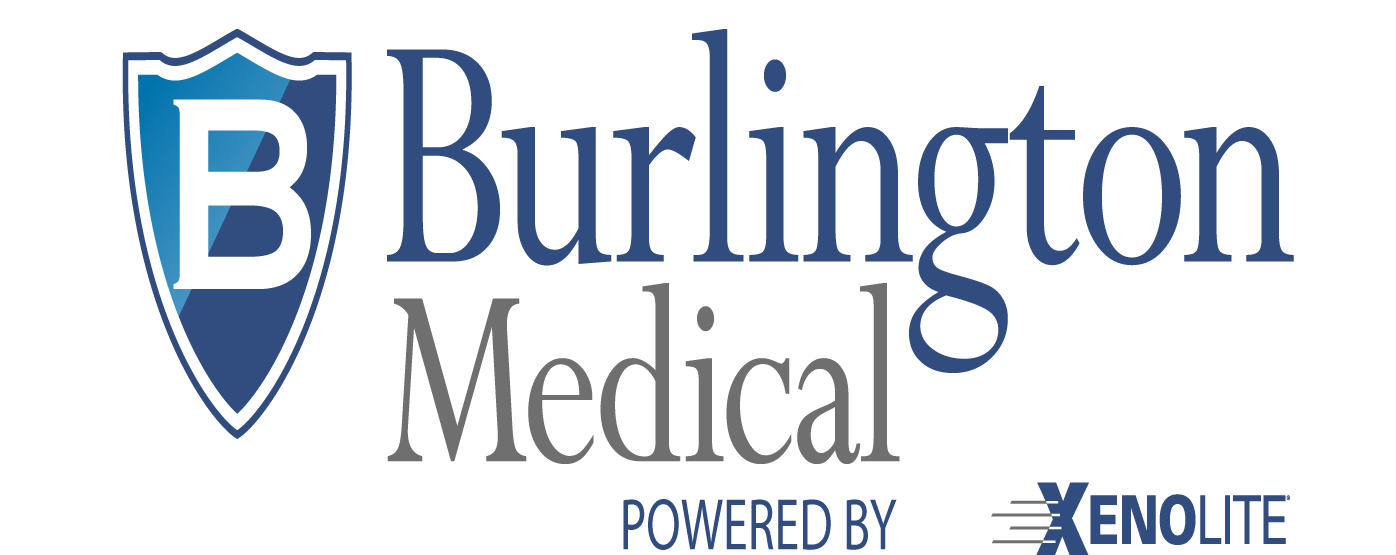Lead vs. Lead-Free Radiation Protection Products: What’s the Difference?
In the world of medicine, radiology is on the rise. According to a report by MarketsandMarkets, nuclear medicine and radiation therapy are increasingly being used to diagnose and treat illnesses, in addition to a rise in cancer treatments throughout North America.1 More radiation therapy and diagnostic exams begets the need for more radiology professionals. In 2018, there were about 250,000 radiologic and MRI technologists in the United States. By 2028, the number of radiologic technologists is set to grow 9 percent and the number of MRI technologists is set to grow 11 percent.2
For these professionals, personal safety and the safety of their patients is of the utmost importance. Shielding and radiation protection products are highly valued in the global health marketplace. Recent research shows that the global medical radiation shielding market is predicted to grow at a CAGR of 4.8% from 2017 to 2022 to a value of $1,100 million.
So what does this extensive industry have to offer professionals and patients? For starters, it produces a variety of equipment, garments and protective gear that ensures minimal exposure to radiation.
Protective apparel is essential to radiologists, technicians and patients who interact with X-ray testing, MRIs and radiation treatments on a daily basis.
Radiation shielding gear includes vests, skirts, aprons and eyewear. But for radiology professionals, the style or cut of the gear is not the most important aspect—it’s the material itself. For many years, the industry standard was lead material. But today, another lead-free composite material introduced in the 1990s is growing in popularity. Lead-free products are made from two attenuating elements. The result is an extra flexible, lightweight alternative to the traditional lead materials.
What is a Lead-Free Apron?
A lead-free apron (LFA) is an apron made of a blend of attenuating heavy metals other than lead (Pb) and is a lightweight and non-toxic alternative to the traditional lead apron. These metals are usually some combination of aluminum, antimony, barium, bismuth, tin, titanium, or tungsten. Lead isn’t the sole metal with the ability to protect a person from harmful radiation. A lead-free apron results in a much less heavy finished X-ray protection product for healthcare professionals and their patients.
The Benefits of Going Lead-Free
So, what’s the benefit switching from lead to lead-free shielding gear?
For those who wear traditional lead shielding gear on a regular basis, or for extended periods, the benefit of switching to lead-free could be life-changing. According to the Mayo Clinic, a recent study shows that many radiology professionals are reporting musculoskeletal pain from the weight of lead materials. Of those surveyed, 62% of technicians, 60% of nurses and 44% of attending physicians reported job-related pain. Pain was more often reported by women, workers exposed to radiation more frequently and by those who wore a lead apron more often.
The National Center for Biotechnology also agrees that a non-lead shielding option “lessens the physical repercussions of long hours wearing unnecessarily heavy radiation protection garments.” In addition to the toll that lead aprons can have on the body, there is an environmental drawback to using these products. Every year, more than 150,000 lead x-ray aprons are disposed of, adding in excess of one million pounds of toxic lead metal waste across the globe. Although there are safe ways to recycle lead garments, the lead-free alternative is easier to recycle, without posing as a potential environmental pollutant.
Both material options are highly prevalent in the radiation shielding product market and in doctor’s offices around the world. For hospitals and medical practices, consider the volume of materials needed, the frequency of use, patients’ opinions and of course, the preference of your radiologists and technicians.
Use a free comparison guide to learn more about the differences between lead and lead-free aprons and the four things you should consider before purchasing your next X-ray protective garment.
Sources:
- Medical Radiation Detection, Monitoring & Safety Market by Detection Type, MarketsandMarkets
- Radiologic and MRI Technologists: Job Outlook, Occupational Outlook Handbook
